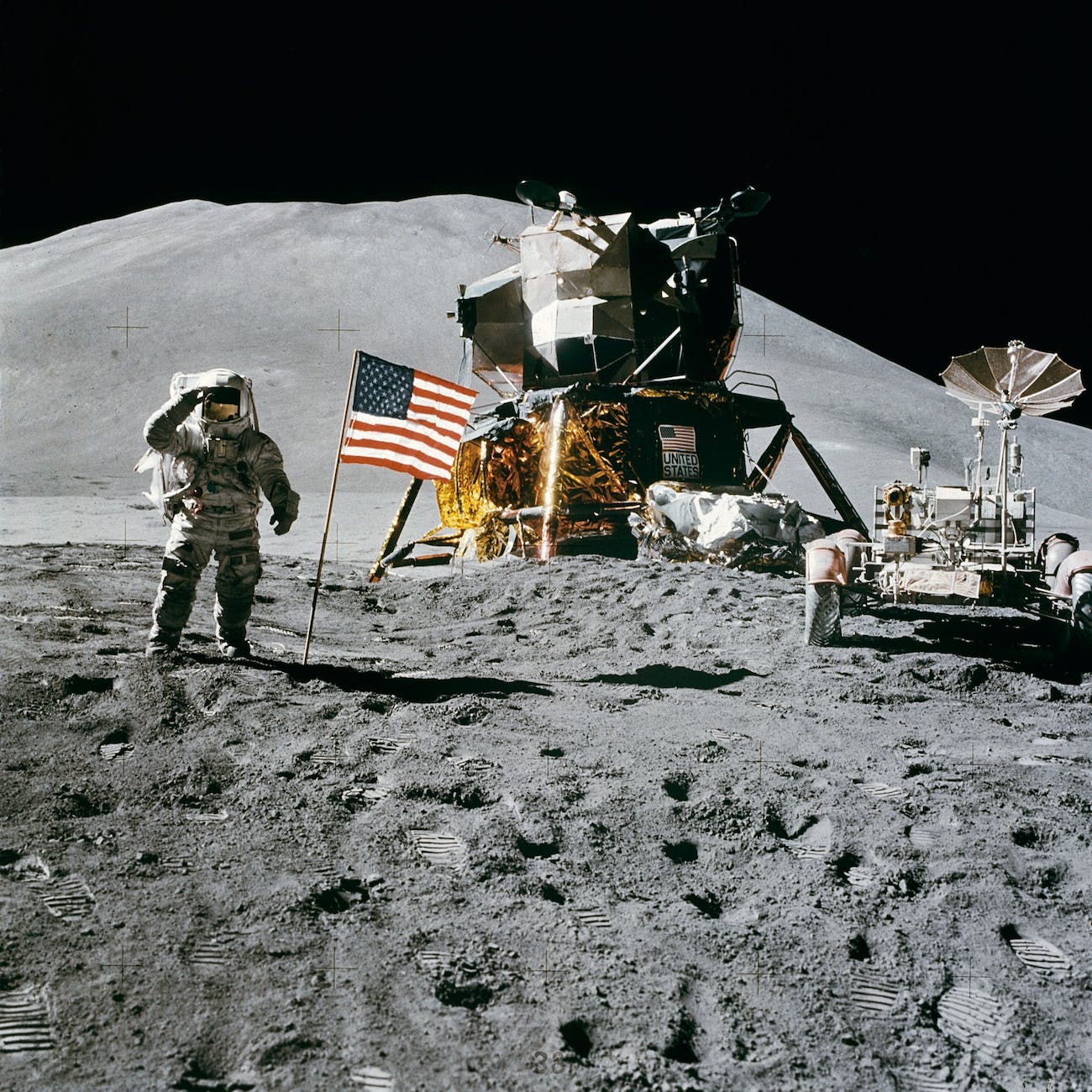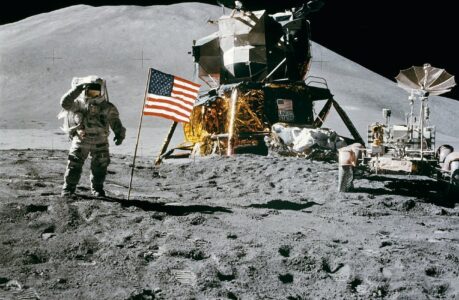Unveil the Moon’s Mysteries – Discover the Moon’s Hidden Gems with the Aid of Binoculars or Telescopes
Are you ready for a celestial adventure right from your own backyard? The Moon, Earth’s only natural satellite, has fascinated humanity for centuries. Its allure lies not only in its romantic glow but also in the mesmerizing features that adorn its surface. With the right tools at your disposal, such as binoculars or a telescope, you can embark on an extraordinary journey to explore the lunar landscape. In this article, we will delve into the prominent features of the Moon that can be observed using these instruments. From towering mountains to vast plains, and even relics of lunar exploration, we will uncover the Moon’s secrets that lie just beyond our reach. So, gear up and get ready to witness the wonders of our celestial neighbor like never before.
1. Craters of Cosmic Origins
One of the most striking features of the Moon, visible even with a pair of binoculars, is its pockmarked surface, adorned with countless craters. These craters, formed by the impact of meteoroids and asteroids over billions of years, tell a captivating story of our cosmic neighborhood. Among the most famous lunar craters is Copernicus. Named after the renowned astronomer Nicolaus Copernicus, this crater is approximately 93 kilometers in diameter. With its terraced walls and central peaks, Copernicus is a sight to behold even through modest telescopes.
Explore the Copernicus Crater in detail here.
2. The Sea of Serenity: Maria and Rilles
Binoculars and telescopes provide an exceptional view of the lunar seas, known as “Maria.” These are vast, dark, and flat plains formed by ancient volcanic activity. One of the most prominent is the Sea of Serenity, or “Mare Serenitatis.” Look for the winding channels called rilles that meander through the Maria. Rilles are remnants of lava channels and provide a unique glimpse into the Moon’s volcanic past.
Explore the Moon’s Maria and Rilles here.
3. Lunar Mountains: Majestic Ridges and Peaks
Peering through a telescope, you can observe the Moon’s towering mountain ranges. These include the Montes Apenninus, which stretches over 600 kilometers. With binoculars, you can spot some of the larger peaks, like Mount Piton and Mount Bradley. These lunar mountains stand as silent giants, shaped by ancient geological forces.
Learn more about the lunar mountains here.
4. Lunar Valleys: Vast and Mysterious
Exploring the Moon’s valleys, such as the Vallis Alpes, offers a unique perspective of its geological history. With a telescope, you can follow the winding path of these valleys, created by ancient tectonic processes. Vallis Alpes, for instance, extends over 166 kilometers and is a remarkable sight for lunar enthusiasts.
Discover the Vallis Alpes and other lunar valleys here.
5. The Splendor of Lunar Crater Chains
Lunar crater chains, a captivating lunar feature, are easily observable with binoculars and telescopes. One such chain is the Catena Davy, a series of small craters formed by the impact of debris from space. These chains often trace the path of a celestial body that broke apart before striking the Moon.
Get a closer look at the Catena Davy here.
6. Lunar Highlands: Where the Past Lies
The Moon’s highlands, visible through telescopes, offer a glimpse into the Moon’s ancient history. These regions, characterized by rugged terrain and impact craters, are rich in history. One notable lunar highland is the Mare Imbrium, a vast basin filled with lava flows. Telescopes can reveal the fine details of its expansive surface.
Explore the lunar highlands and Mare Imbrium here.
7. The Glint of a Solar System Icon
When observing the Moon through binoculars or a telescope, you may catch a glimpse of a bright, shining star-like point. This is none other than the planet Venus, often visible in the Moon’s vicinity. Venus can be a mesmerizing sight, especially when it appears close to the Moon in the night sky.
Discover more about Venus and its appearances near the Moon here.
8. Historic Relics: Apollo Landing Sites
Through a telescope, you can witness the landing sites of the Apollo missions, a testament to human achievement. Look for the remnants of the lunar modules and the American flags planted by astronauts on the Moon’s surface. These sites serve as a reminder of humanity’s journey to another celestial body.
Explore the Apollo landing sites in detail here.
9. Earthshine: A Spectacle of Light
During certain phases of the Moon, you can observe a soft glow on its dark side, known as “earthshine.” This phenomenon occurs when sunlight reflects off the Earth’s surface and illuminates the lunar landscape. Binoculars and telescopes enhance the visibility of earthshine, creating a breathtaking sight.
Learn more about earthshine and its beauty here.
10. The Dance of the Moon’s Terminator
As you observe the Moon’s surface through binoculars or a telescope, pay attention to the line between day and night, known as the terminator. This region is a dynamic and ever-changing landscape where the play of light and shadow reveals intricate details. It’s a fascinating area to explore, as features such as mountains and craters appear more pronounced along the terminator.
Discover the beauty of the Moon’s terminator here.
Conclusion
The Moon, with its rich history and captivating features, offers an endless source of wonder for stargazers and astronomers alike. Armed with binoculars or a telescope, you can embark on a celestial journey to explore the Moon’s craters, mountains, valleys, and more. Each feature tells a unique story of the Moon’s geological and cosmic past. So, venture into the night, gaze upon the Moon, and unlock its secrets as you uncover the mysteries of our celestial neighbor.
For more celestial adventures and lunar exploration, continue your journey with these astronomical resources:
- Lunar Republic: Copernicus Crater
- NASA’s Moon Overview
- Space.com: Moon Mountains
- NASA’s Moon Resources
- Space.com: Moon Crater Chains
- NASA’s Lunar Reconnaissance Orbiter Images
- NASA’s Venus Overview
- NASA’s Apollo 11 Mission
- Sky & Telescope: How to See Earthshine
- NASA’s Moon Resources: Terminator
Happy lunar exploration!

